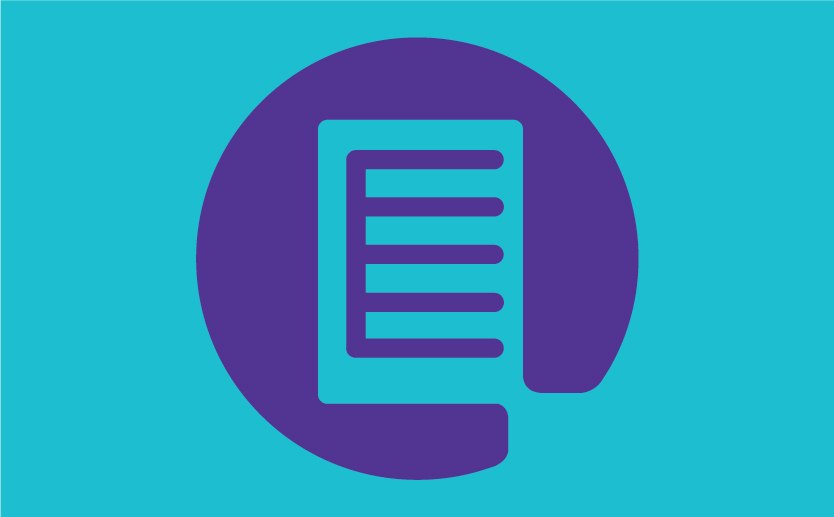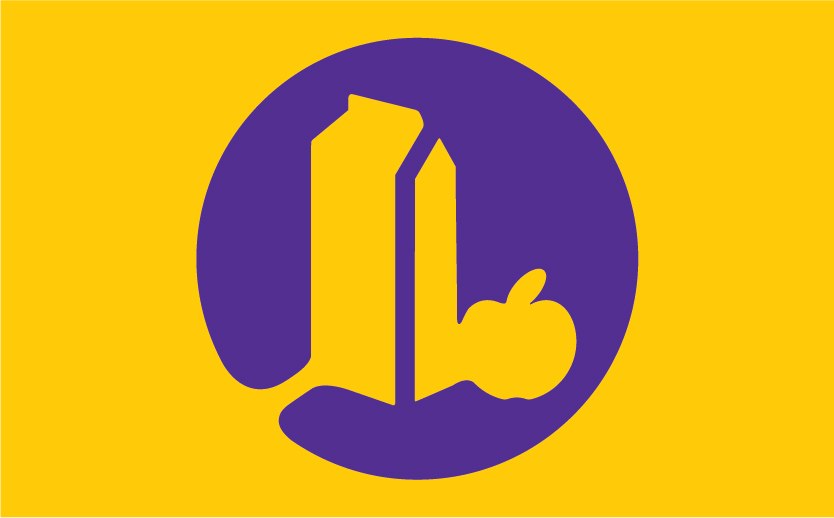Country Regulations for Food & Beverage
Canada
Food and beverage safety in Canada falls primarily under the Canadian Health Portfolio, which reports to the Minister of Health in Canada. Agriculture and Agri-Food Canada reports to the Minister of Agriculture. Food testing, labelling, and import/export requirements primarily fall under these national regulatory bodies.
There are several important resources for Canadian Food and Beverage regulations, such as:
- Agriculture and Agri-Food Canada (AAFC) provides information and support to help industry understand regulatory requirements in order to get innovative foods into the marketplace. The department works with partnering organizations and the above agencies to guide, regulate and develop the agriculture sector on behalf of Canadians.}
- Provincial and Territorial Governments - Also share responsibility for food safety locally.
There are numerous associations and committees in the EU focused on Plants, Animals, Food, and Feeds:
Japan
Overview of regulatory Agencies in Japan
The purpose of the Food Sanitation Act (FSA) for Japan is to prevent the sanitation hazards resulting from eating and drinking by enforcing the regulations and other measures necessary, from the viewpoint of public health, to ensure food safety and thereby to protect citizens' good health. Recently there have been several amendments in the act to have stringent control on food safety.
There are several important associations and committees in Japan, such as:
India
Overview of regulatory Agencies in India
Australia
Overview of regulatory Agencies in Australia
There are several important associations and committees in Australis:
ISO 22000 is a certifiable standard that addresses food safety management system. It defines the guidelines and best practices an organization must follow to control food safety hazards and ensure safe consumption of food. FSSC 22000 includes and expands upon the ISO 22000 requirements.
Industry Regulation by Food Group
Learn more about food and beverage regulations by food group, including dairy, meat, plant-based meat, and beverages for different regions throughout the world.
To continue reading please sign in or create an account.
Don't Have An Account?
